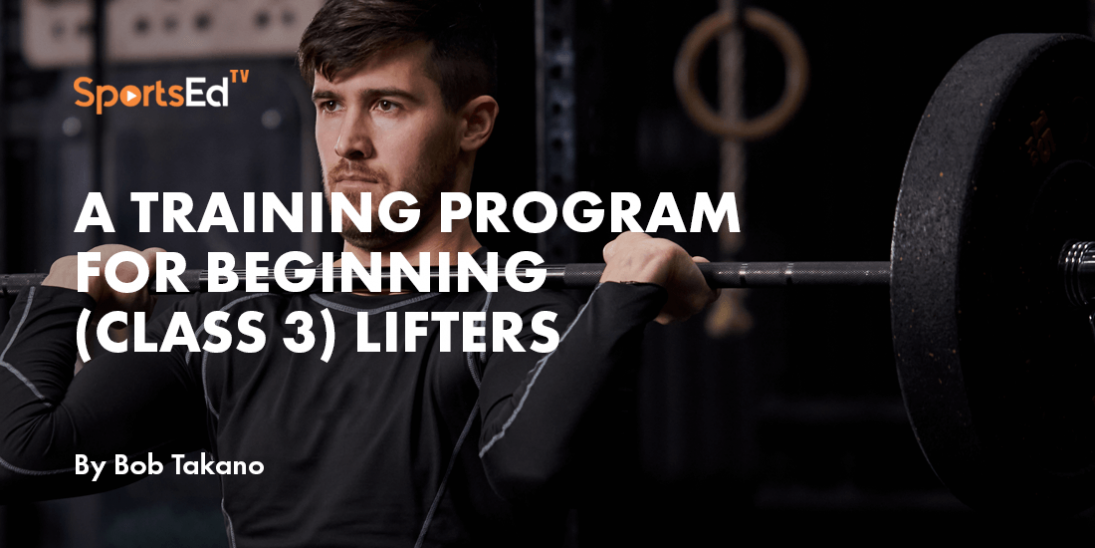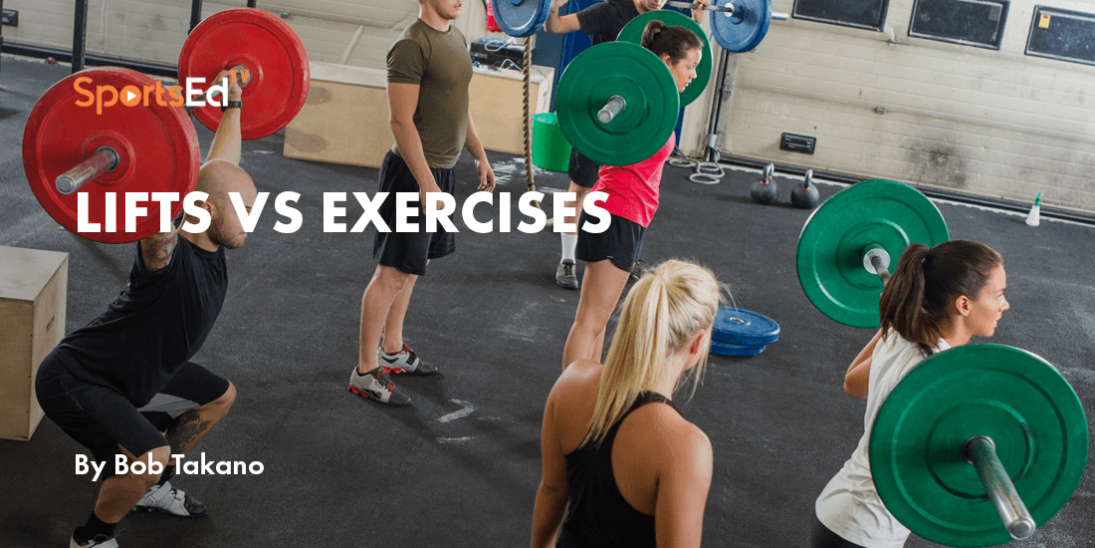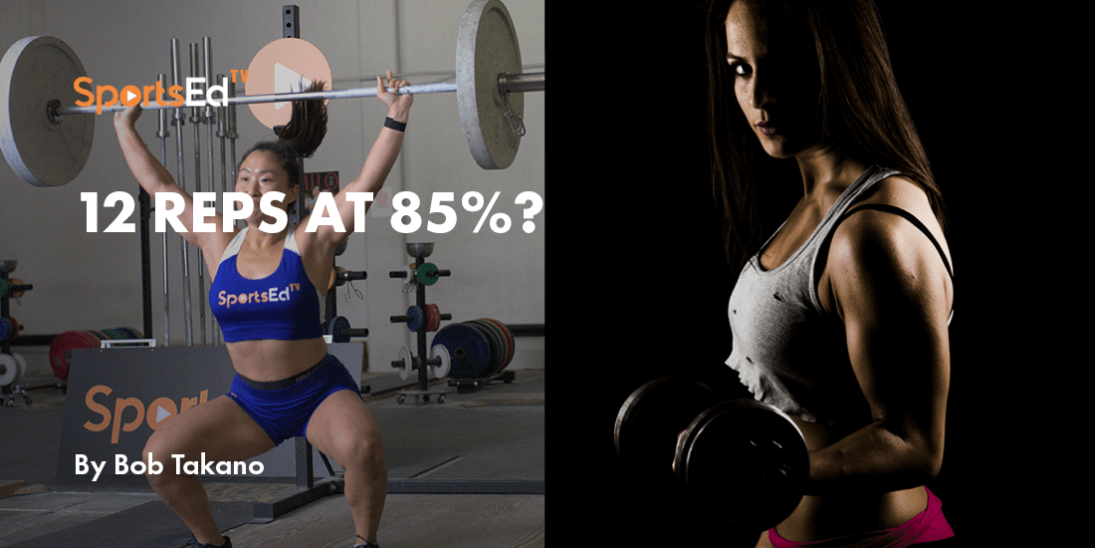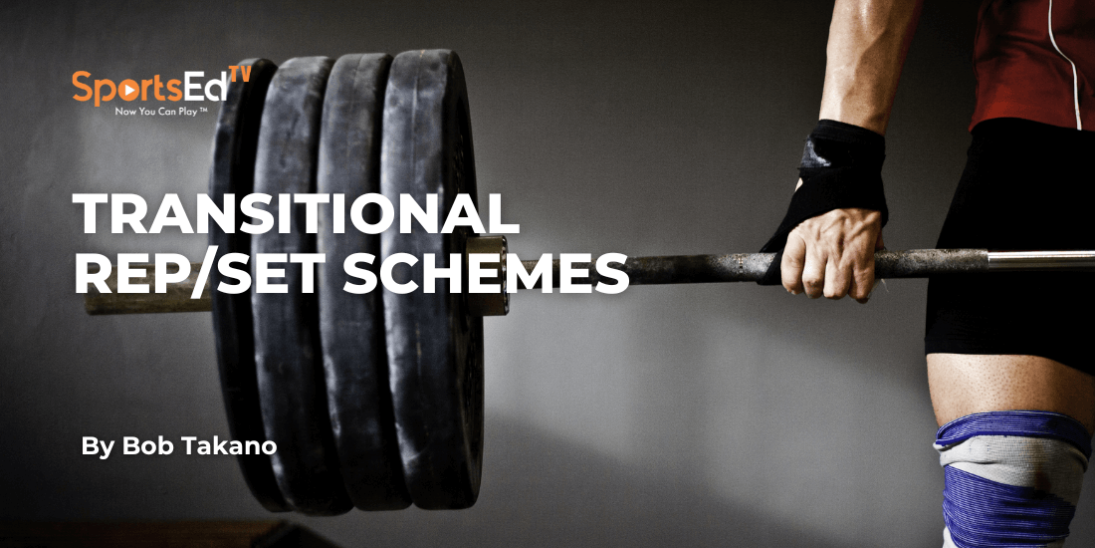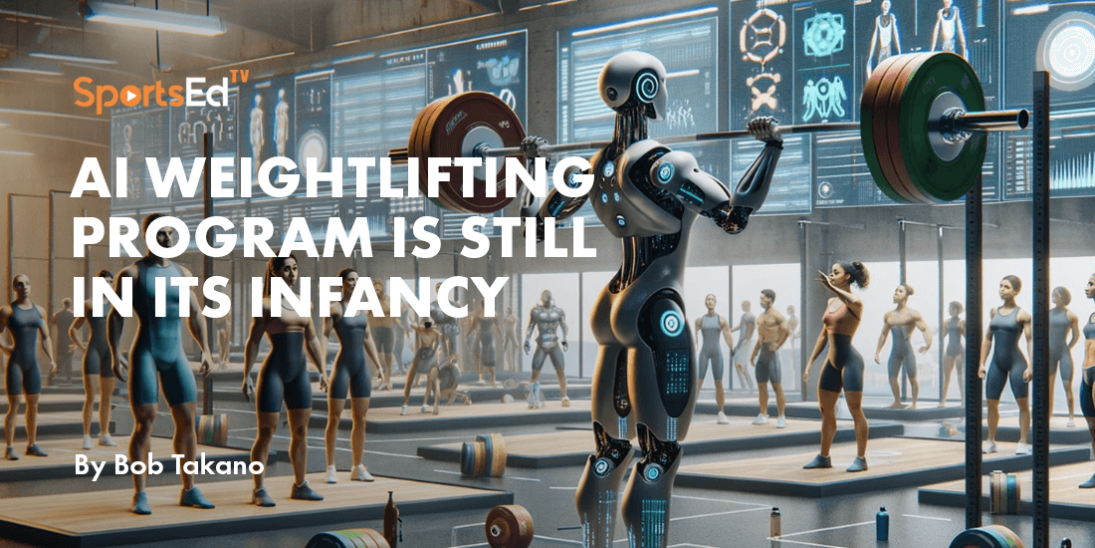Weightlifting
Welcome and thanks for visiting...

Elevating Your Weightlifting Journey: From Novice to Intermediate

A great deal of content currently available is dealing with issues encountered by newcomers. I think it’s only appropriate to deal with the next stage in their progress.
Many of the novices have passed through the raw beginner stage by doing the following:
- Mastered proficient technique of the snatch and clean &; jerk
- Learned the performance of most of the auxiliary exercises
- Developed the capacity to train regularly and systematically
Advancing Your Skills: The Path to Intermediate Training
The next stage will include more skill development, an increase in training capacity, and some change in training life habits.
Your technique has developed to the point where you can scrap the very light weights in training. By this point, you will have a good idea of what your 100% is. Because of this, you can more accurately determine your percentage ranges. 60% and 70% reps in the classic movements are now being performed to help in the development of speed. 60% and 70% reps in power snatches, power cleans, and power jerks will also augment speed development. 80% and above reps in the classic movements will enable you to refine your technique and develop strength and power in a more balanced way.
You should begin to enter many competitions. Some of them will come at the end of a macrocycle and should result in peak performances. Others will be undertaken at any point within the macrocycle. The purpose of this initially is to become comfortable with the process of competing and then to learn how to enter the altered state of competition and use it to achieve peak performances.
Veteran performers know how to enter into the altered state that is primarily achievable during a competitive experience. They become aware of how their performance improves during this state. They also develop the capacity to enter this state during the actual time on the competitive platform and how to leave it during the times between official attempts.
All of this can only be developed through frequent competitive experiences.
Beginner lifters are normally training with 7,000 to 10,000 repetitions per year at 60% and above. Intermediate lifters will need to perform up to 19,000 repetitions per year in order to make the appropriate strength gains. This means more frequent training sessions, longer training sessions, and fewer days off over the course of the year. More time will then be apportioned for training as recovery and feeding will become much more relevant. This will undoubtedly require alterations in lifestyle.
The programming of training must become more meticulous.
These changes in preparation must be taken into consideration when the athlete is ready to move up a level and compete successfully and consistently at the national level.




